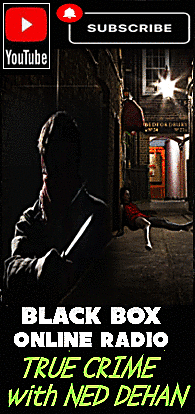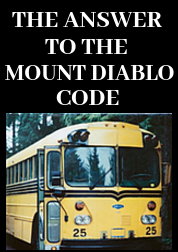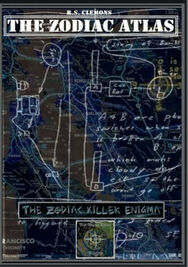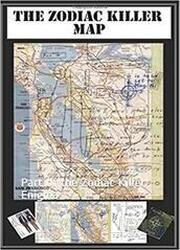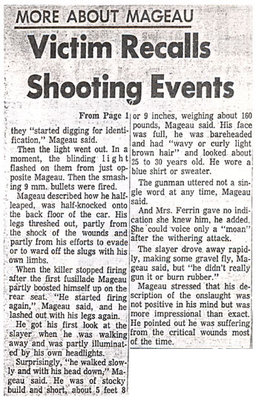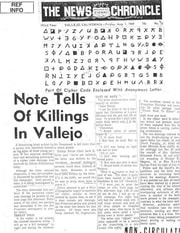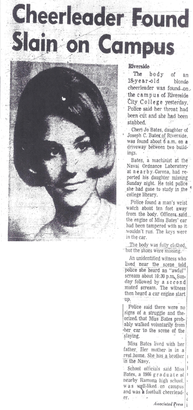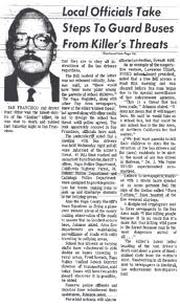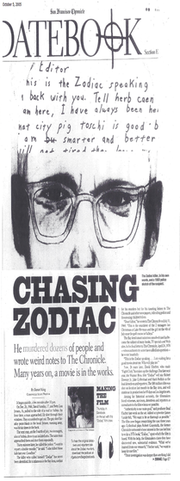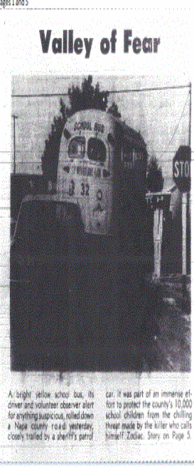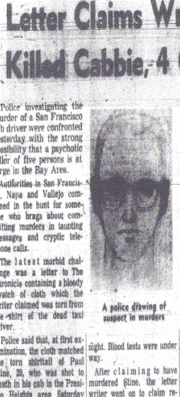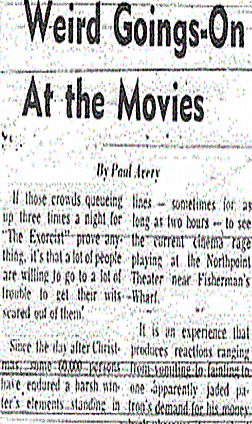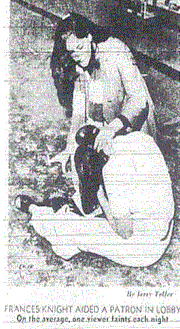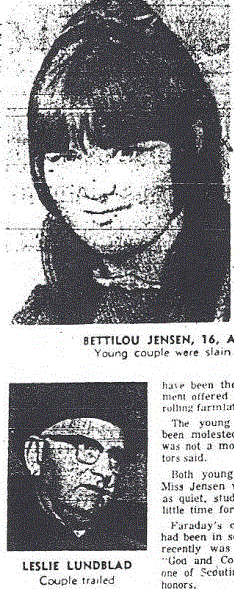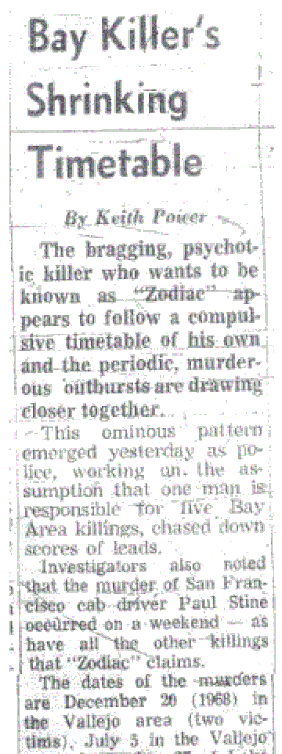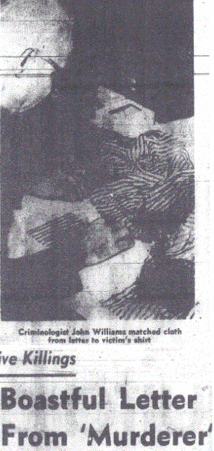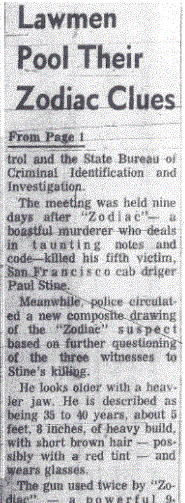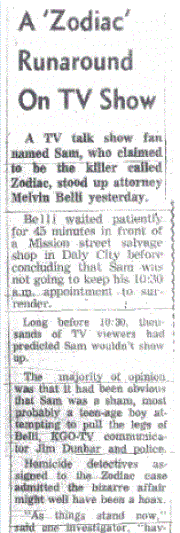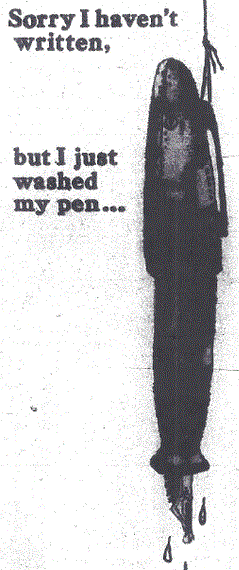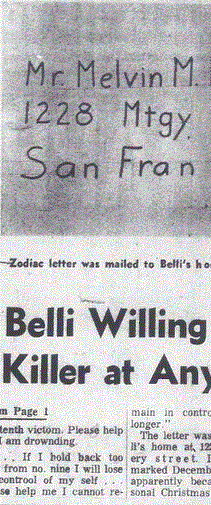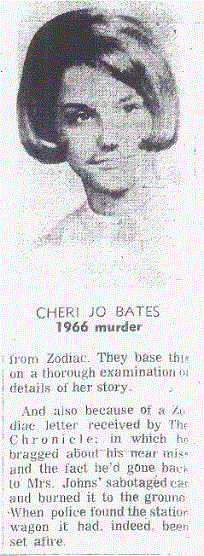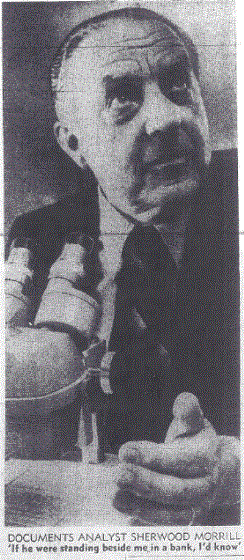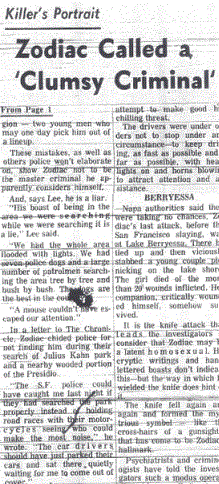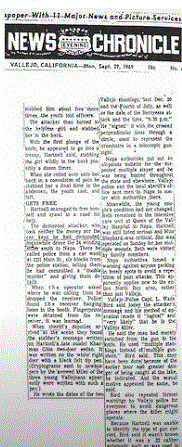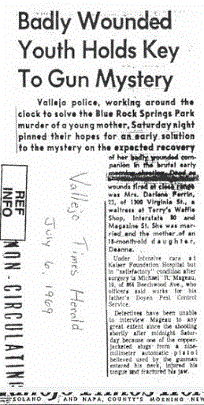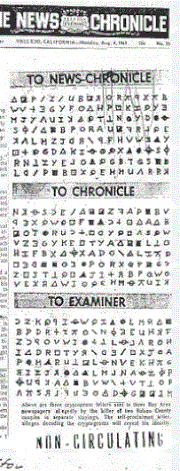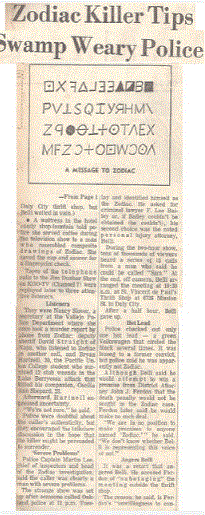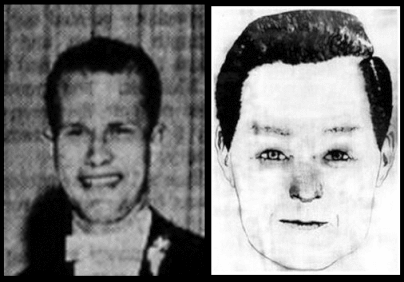
Tragedy then struck the family of Swanson, with his wife apparently committing suicide and killing their three children. "Mother, 28, Kills 3 Children, Self UPLAND (AP) A 28-year-old woman killed herself and her three small children Saturday by carbon monoxide poisoning, police reported. Officers said Mrs. Barbara Ann Swanson ran a hose from the exhaust pipe of her car into the vehicle and then closed the windows. The children were identified as Eric Edward, 4; Elisa Marie, 3; and Keith Kenneth, 1. Mrs. Swanson's husband, Bruce, 27, earlier had filed a missing person report and was apparently out looking for her the time the deaths occurred, police said." San Bernardino County Sun, December 19th 1966: "The tragedy which destroyed the family of Bruce K. Swanson, 27, occurred after an apparent happy ride in the car by the mother and her children. A service station attendant in La-Verne told Upland police Mrs. Swanson had asked directions to the nearest hamburger stand. The children were dressed in pajamas and bathrobes, the attendant said. In answer to his request that she 'come back soon,' Mrs. Swanson said that she would. But 12 hours later, Mrs. Swanson's husband, worried and tired after an all-night search for his family, walked into a lemon grove adjacent to the yard and found the station wagon".
Much of these details can be found online, but after a bit of brain-storming and endless sleepless nights, I have managed to make potential Zodiac communications and murders follow this man around like a proverbial shadow, turning him into one of those "good old Zodiac suspects" who never was - and will never be the Bay Area murderer in a million years. Off went Bruce Kenneth Swanson from southern California to northern California sometime in the late 1960s, just in time for the Zodiac murders and communications to begin, and nestled himself in Pleasant Hill, Contra Costa County, Despite the fact he wasn't the Zodiac Killer or a murderer, coincidence would seemingly follow him around.
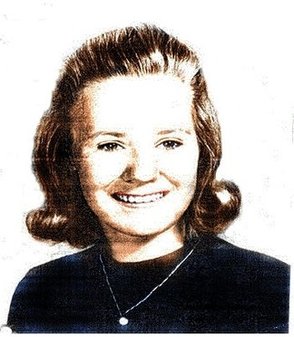
On December 19th 1969 the body of a young woman (in 2000, eventually identified as Elaine Davis after an exhumation) was discovered floating off Light House Point near Santa Cruz, CA. The body was decomposed with extensive damage, described as a partial torso with arm-bones and parts of the legs. Santa Cruz's deputy county coroner, Luther Young stated "We'll work on this case until we run out of leads, but right now we have nothing that would indicate any identification. I wouldn't venture to say the body is that of Elaine Davis. We have never ruled on that possibility and we have never ruled it out".
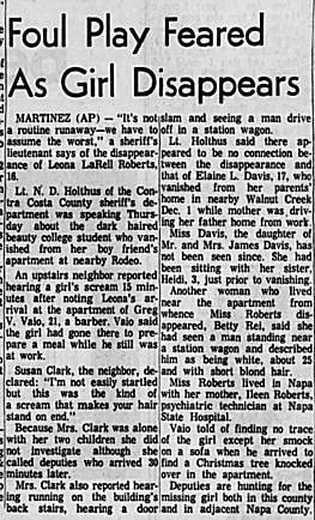
Here is an excerpt from Websleuths by Steph54 "On 28 December 1969, a man searching for driftwood on the beach at Bolinas Lagoon in Marin County found the nude body of Leona Roberts. It was later determined that a unique wristwatch was missing from the girl's wrist, but a Napa High School class ring given to her by a neighbor still remained on her finger. The tan dress she wore when last seen, along with two pairs of bell-bottomed pants, a blouse, a black purse and wallet, a key chain with car and house keys were also reported missing. There were marks on the wrists and ankles indicative of binding, but the coroner was unsure whether they occurred before or after death. The cause of death was reported as "due to viral infection of an unidentified species." It was also reported that there was "evidence of choking which could probably be linked to the virus". link.
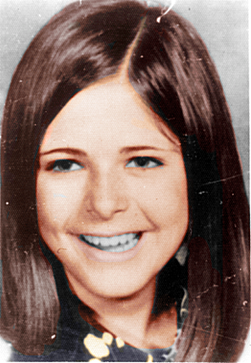
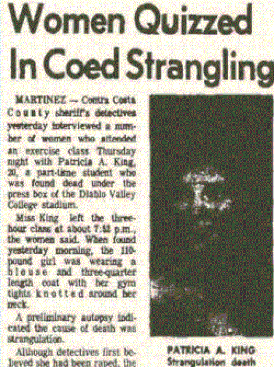
Patricia King's body was found by a workman, Ernest Ellington, at 7:20 am the following morning in the DVC Vikings football stadium. She was wearing a black blouse and three-quarter length coat and had been strangled with her own gym tights. The newspaper reports stated "A purse (handbag) with her identification was found on the front seat of her car, in a lot adjacent to the stadium. A pair of leather sandals were on the floorboard. Her car keys were found on the Pleasant Hill campus parking lot Friday afternoon". Detective Sergeant Sam Ginsburg said "it was impossible to tell at this time if the girl knew her slayer. There was no reason for her to go into the stadium area coming to or from the parking lot to the class".
I have placed the relevant locations of these young girls in respect to Pleasant Hill in the Google map above.
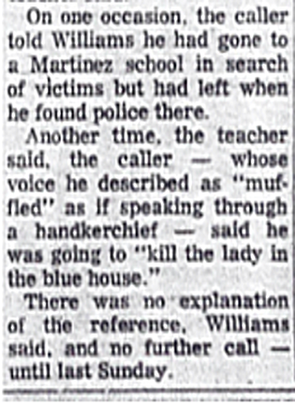
Daniel Williams (24), a teacher at Salesian High School in Richmond, told police the caller talked of how he intended to kill several persons, then last; Sunday said: “You’re the dead duck.” Williams went out and when he returned home found someone had pried open the screen on a back door. However, a police search showed nothing was missing. But after the officers left and Williams took a drink from a bottle of opened soft drink in his refrigerator, he found it tasted “metallic” and immediately spat it out. Police reported Friday that the bottle contained more than enough arsenic to kill a human being. Williams said the caller identified himself as the still sought Zodiac Killer of five, but police discounted the idea. The caller would “sob and complain of headaches". Williams said, and on one occasion said he had gone to a Martinez school in search of victims but left when he found police there. Williams said the caller told him: “I’m too smart for them".
If the caller had told Daniel Williams that "he had gone to a Martinez school in search of victims", then he didn't have far to travel if he lived in Pleasant Hill. The city of Martinez is only 6 miles to the north, with the residence of Daniel Williams at 1234 Bush Street a mere 5 miles away.
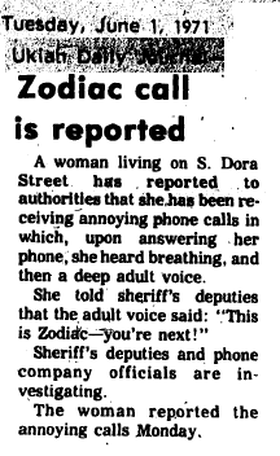
Seven-and-a-half months later, on June 1st 1971, a woman from South Dora Road, Ukiah complained she had received a series of threatening phone calls from an adult male, one of which stated "This is Zodiac - you're next". Her residence at South Dora Road is only 4 miles from where the threatening note of "You're Next - Z" was thrown to the eight-year-old girl walking on Lake Mendocino Drive. One man is relevant to all these locations, particularly on October 21st 1969. The city of Ukiah is 115 miles from San Francisco, yet here we have two reports of similar threats with extremely similar phraseology, separated by over a year-and-a-half, when the peak of Zodiac activity had subsided.
We have taken Bruce Kenneth Swanson from the Riverside area and the murder of Cheri Jo Bates and Elizabeth Ernstein in 1966 and 1968, through the sad demise of his wife and children, into the heart of northern California and the Pleasant Hill connected murders of Elaine Davis (12/01/69), Leona Roberts (12/10/69), Cosette Ellison (03/03/70) and Patricia King (03/05/70). We have shown the Ukiah connection through two threatening messages of "You're Next - Z" and "This is Zodiac - you're next", to the ominous communication and phone call to Dr. Edward C. Adams in Orinda and Daniel Williams in Martinez. However, Bruce Kenneth Swanson is not the Zodiac Killer, or likely the murderer of any of these young women. This presentation was put together to show how easy it is to create a series of events to paint a picture of perceived involvement in murder. The reason today we have hundreds of suspects in the Zodiac case, many of which are staunchly presented as the Zodiac Killer, is perfect testimony to the frailty of techniques such as this. If these coincidence building techniques were reliable in identifying the Zodiac Killer, everybody would have reached the same conclusion as to who the Bay Area murderer was. The fact we have hundreds of Zodiac Killer's today, is evidence that this approach to case building is wholly flawed. Of course, it goes without saying, that everybody has a better case for their suspect than the one I have presented here.
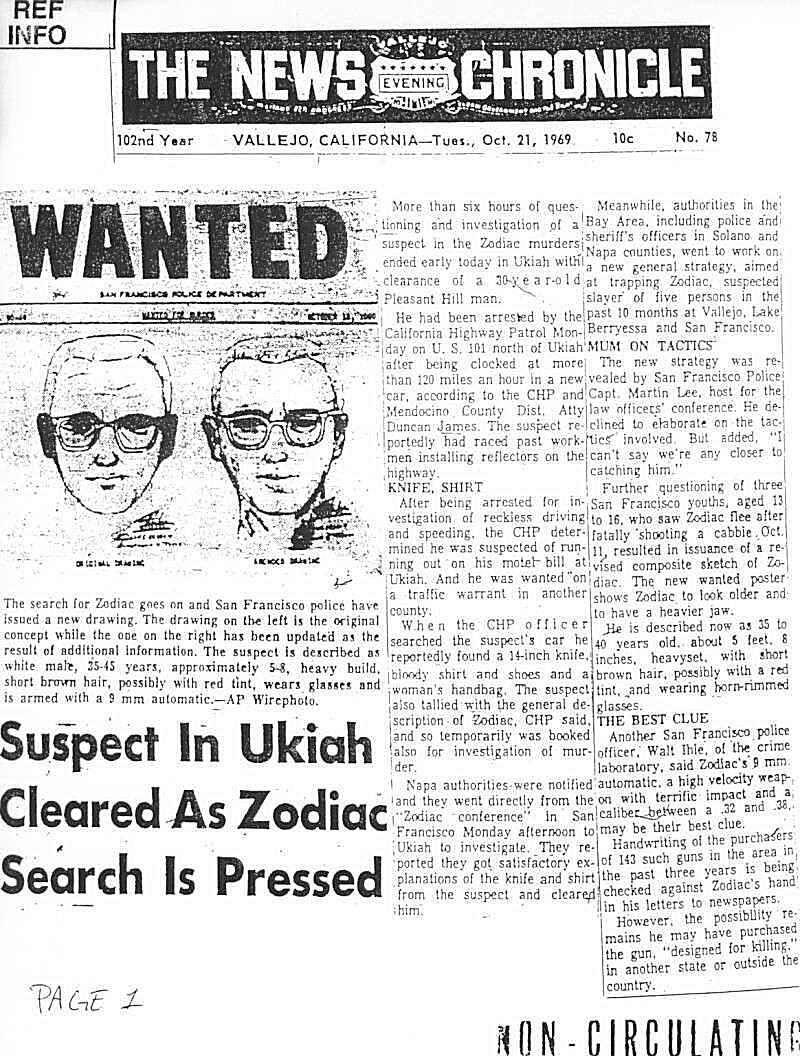
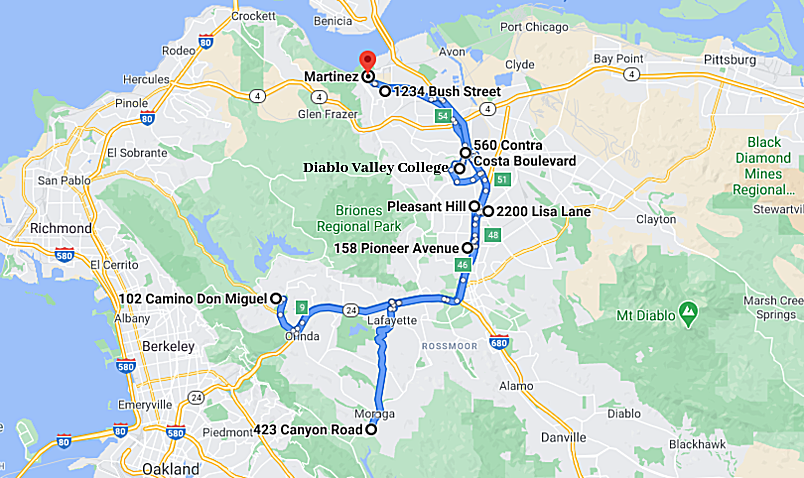
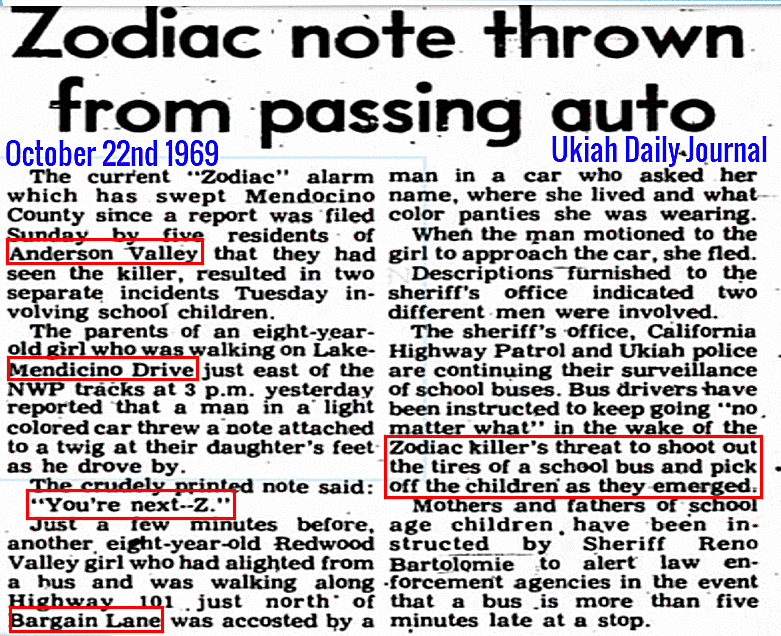
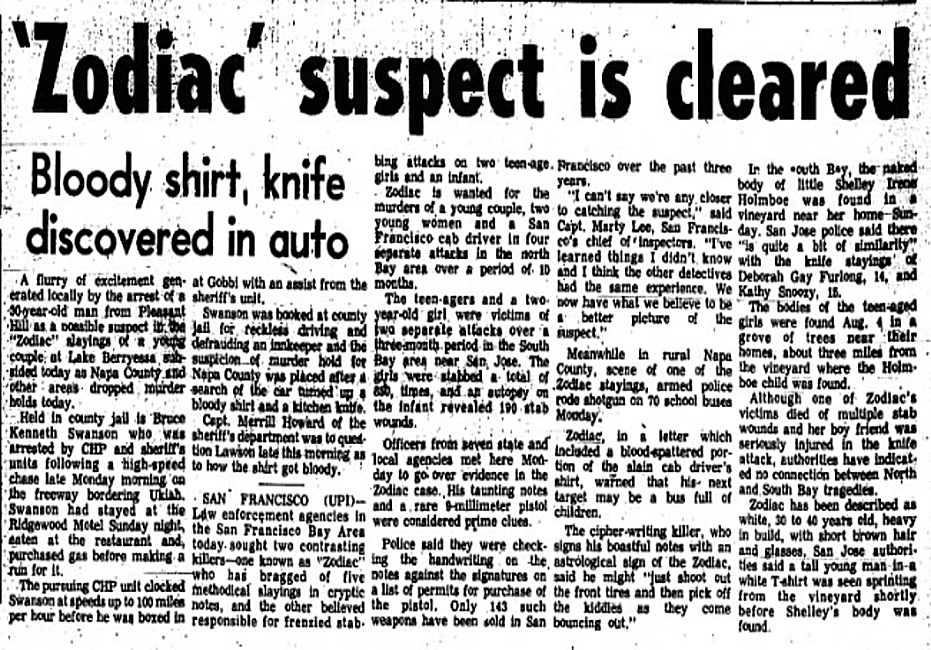
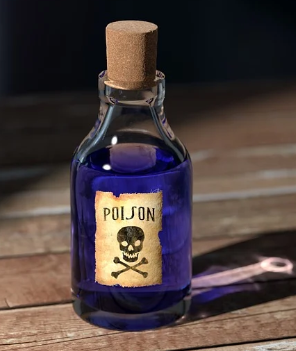
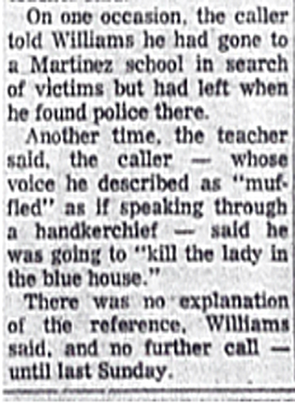

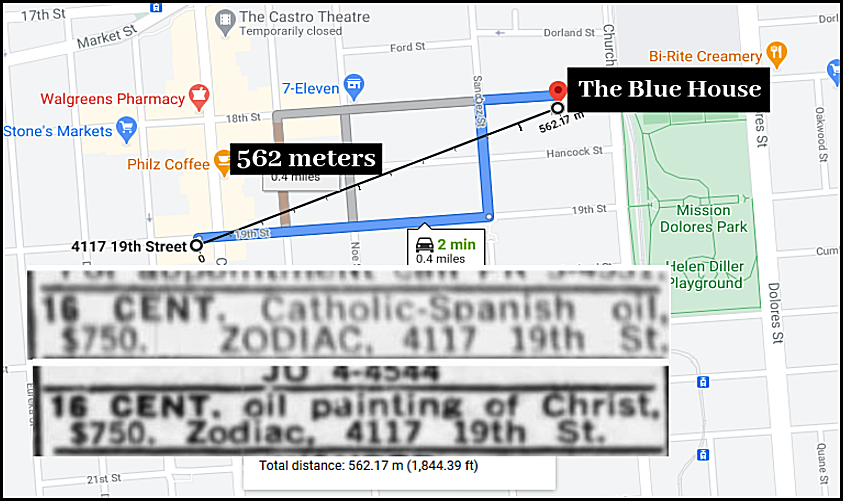


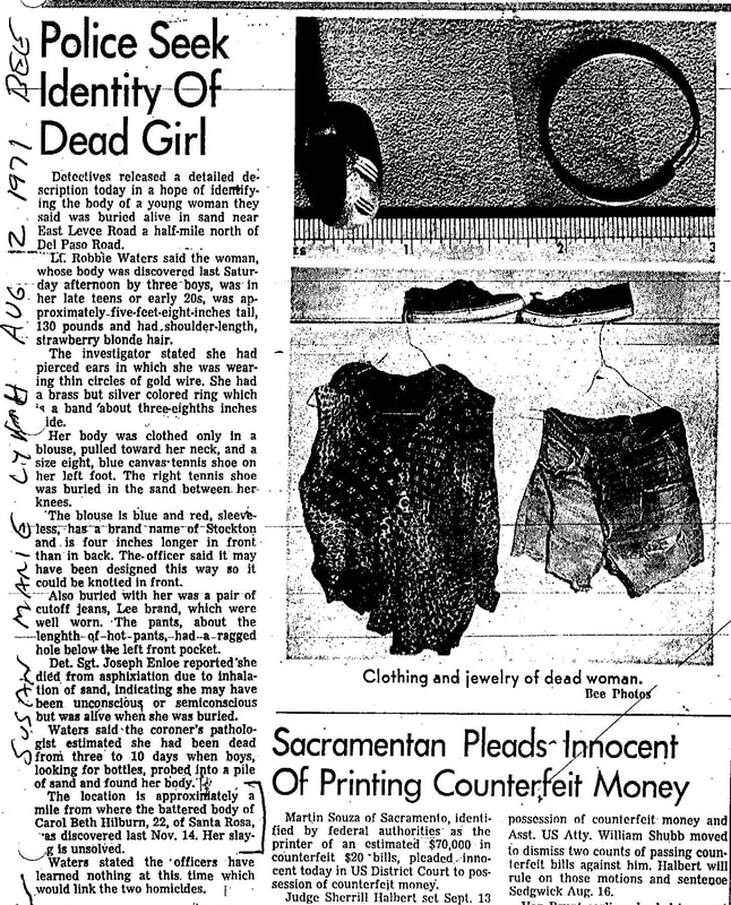

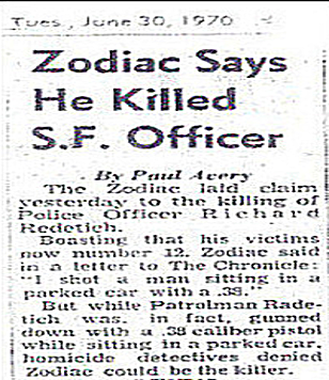
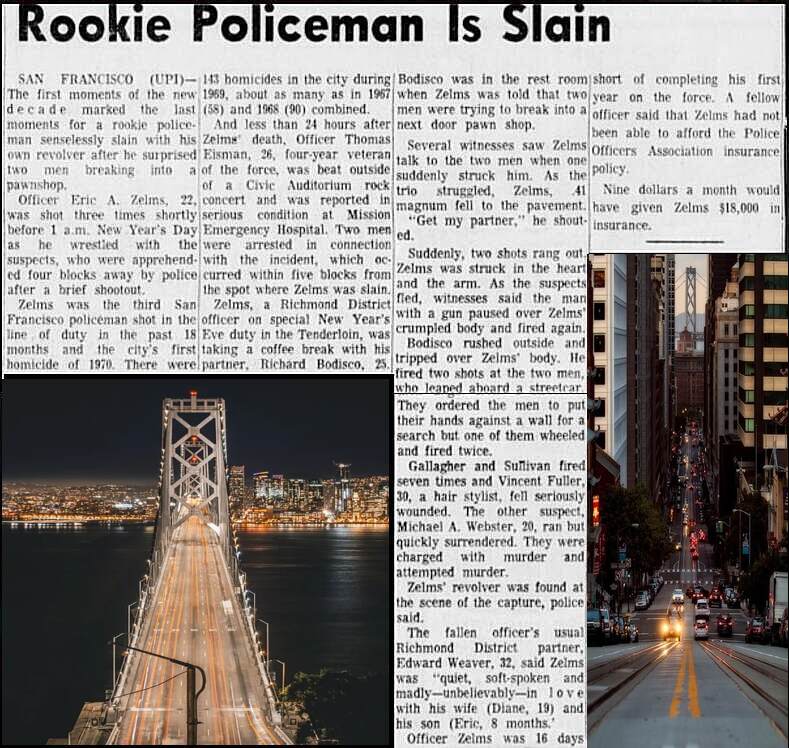
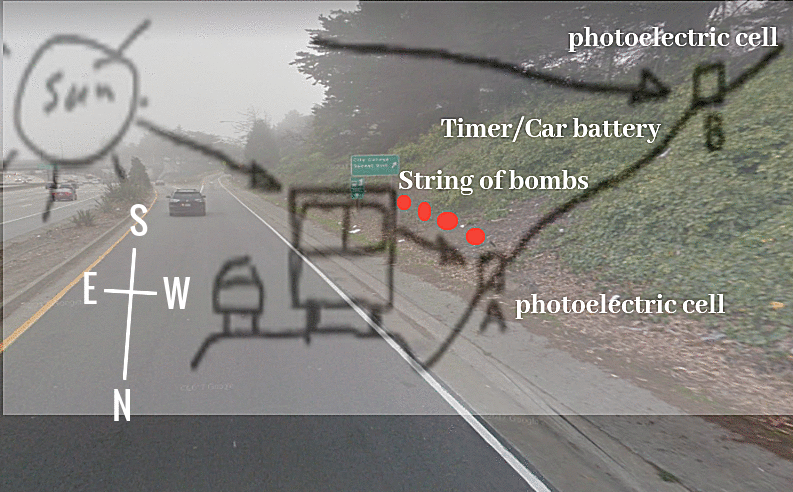
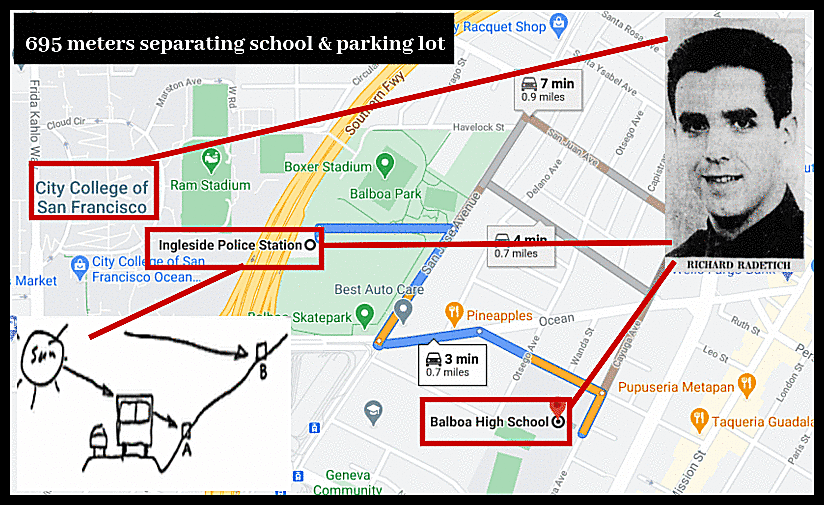
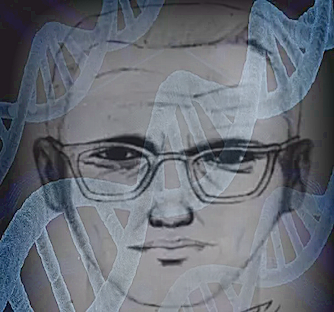
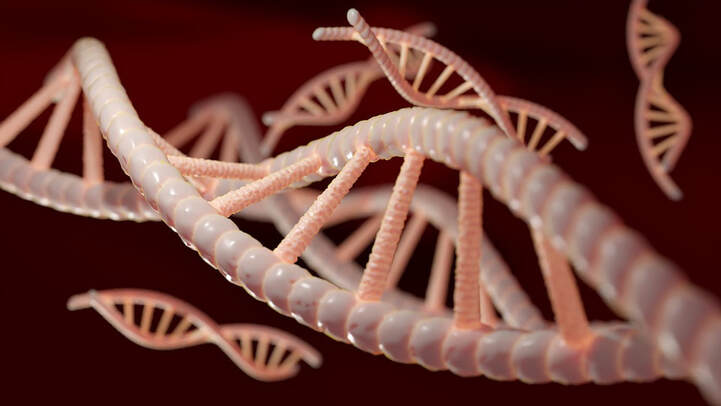

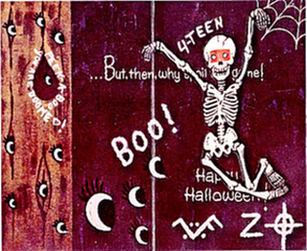
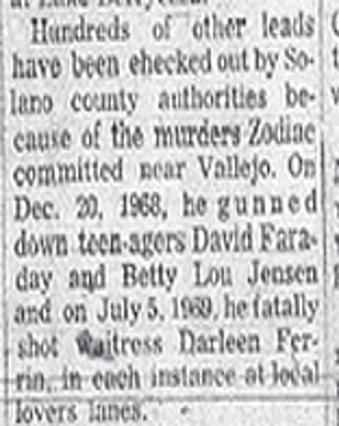
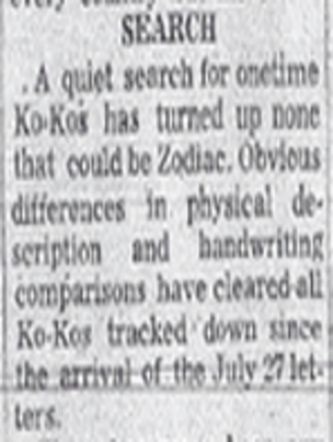
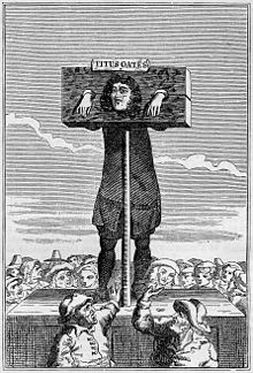
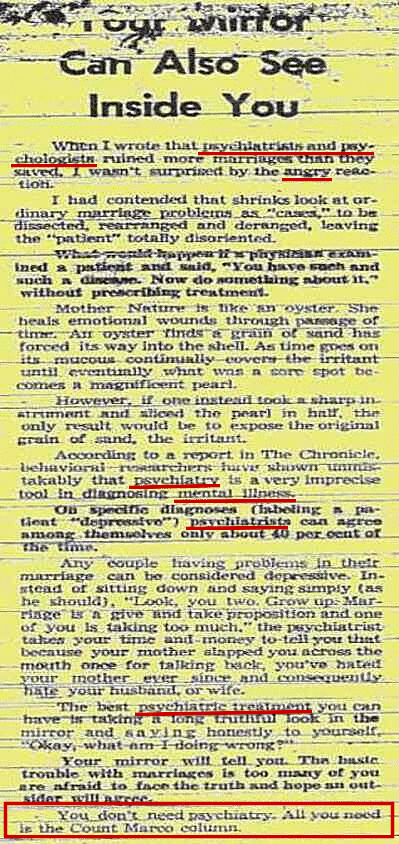
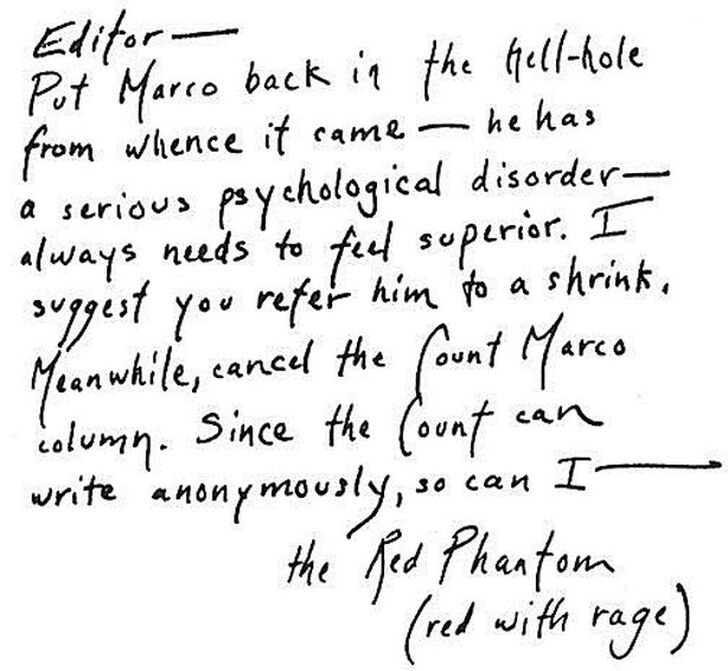

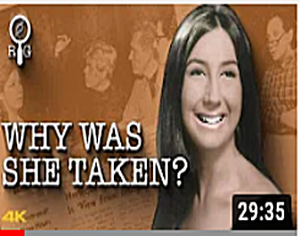
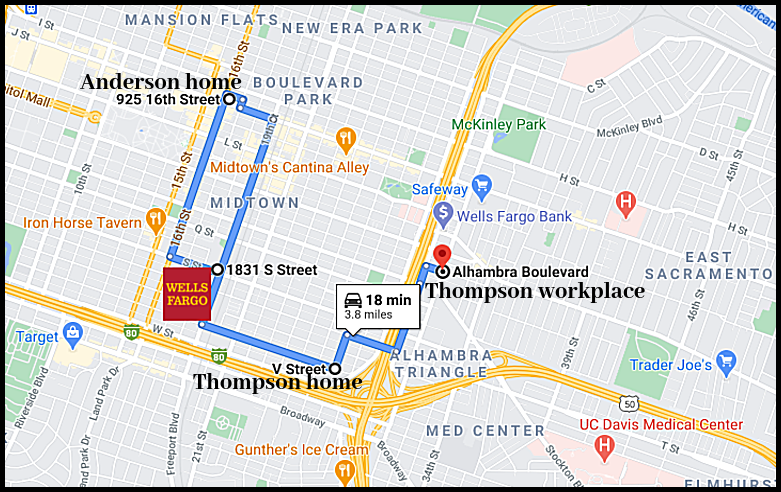
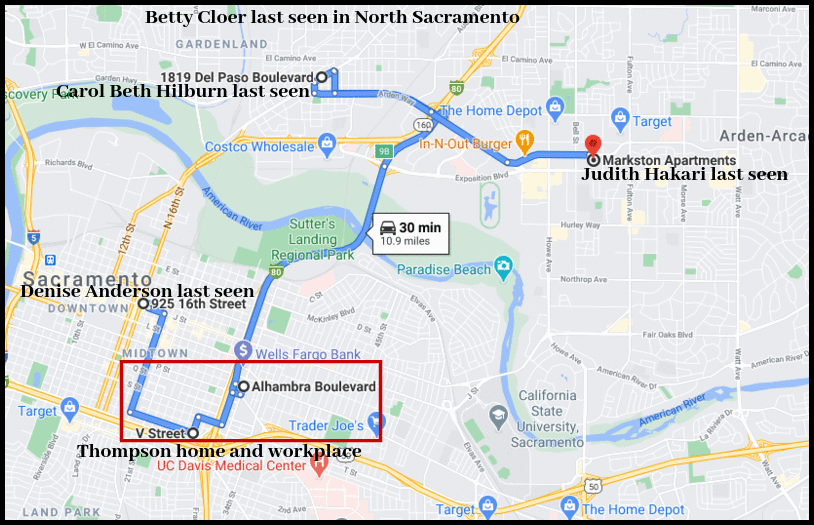
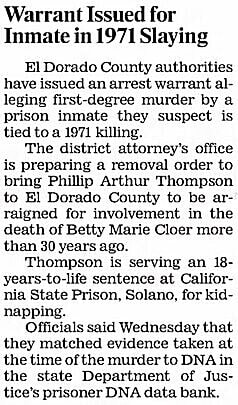

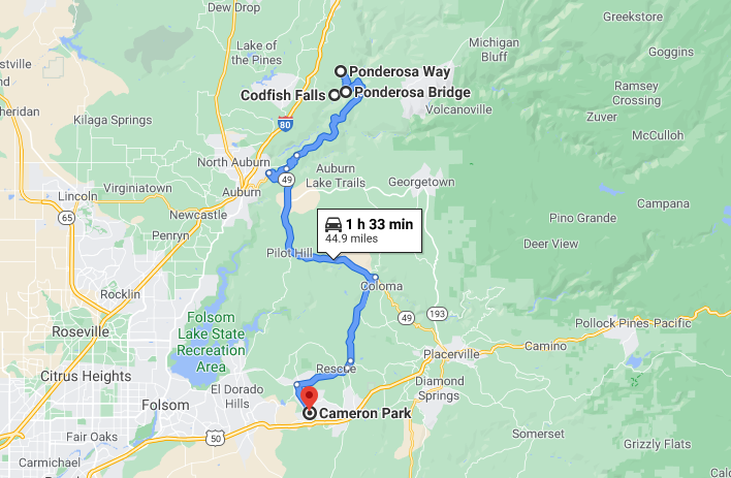
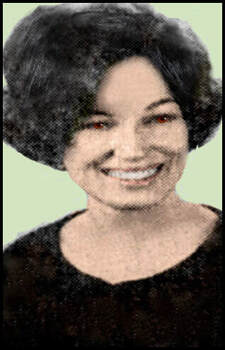
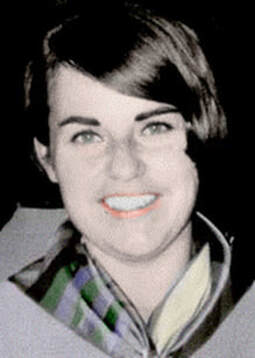
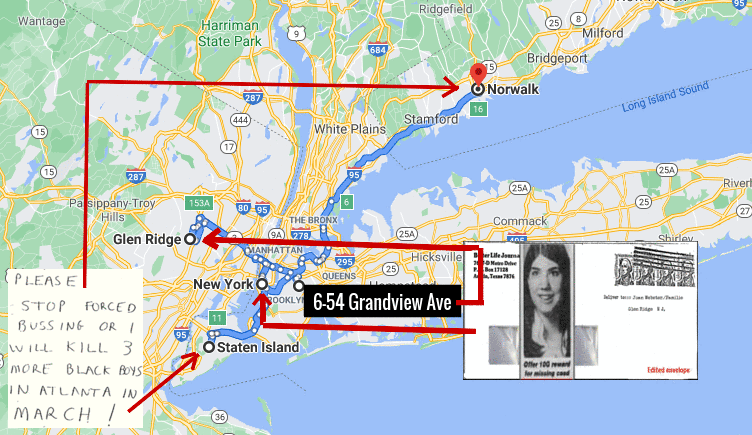
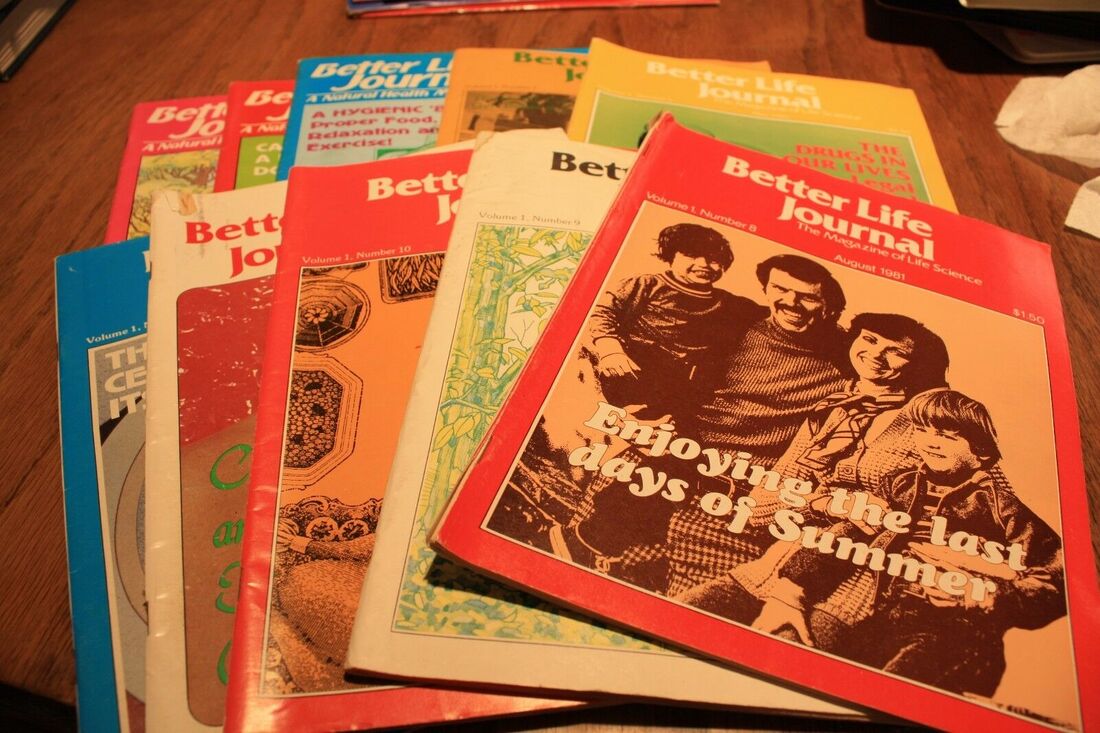
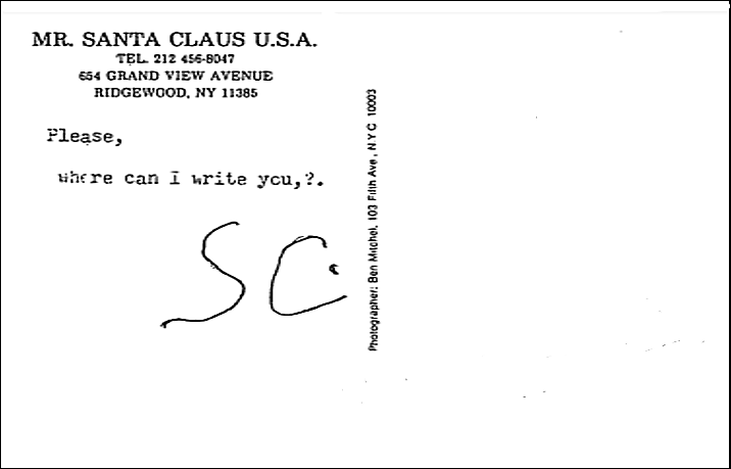
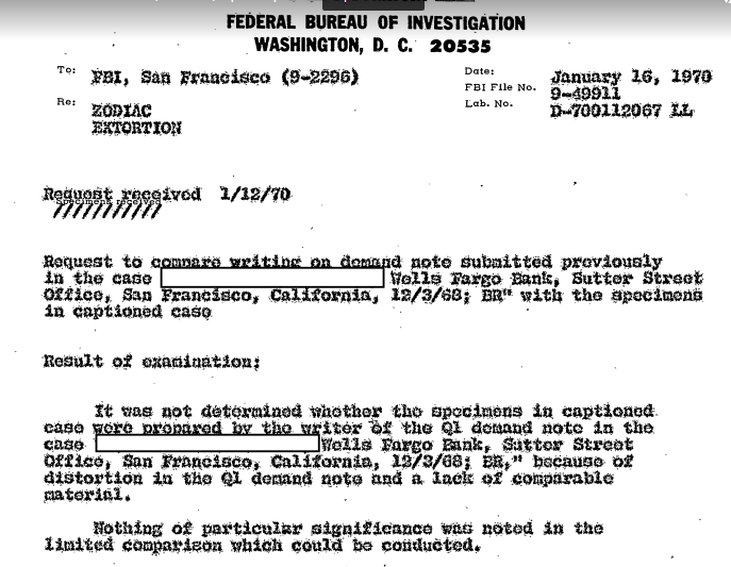

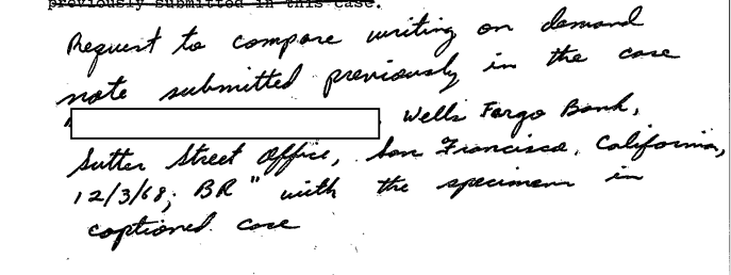
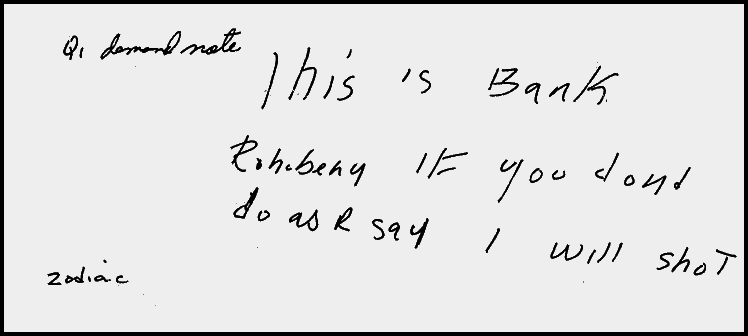
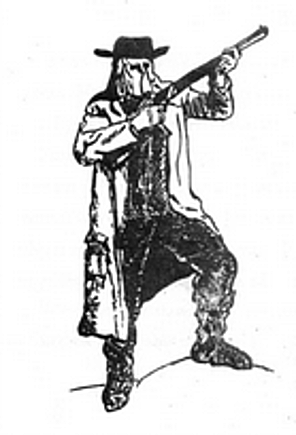
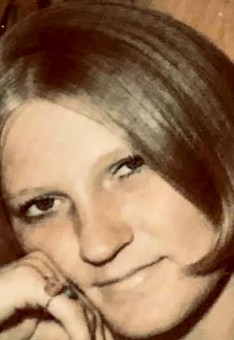
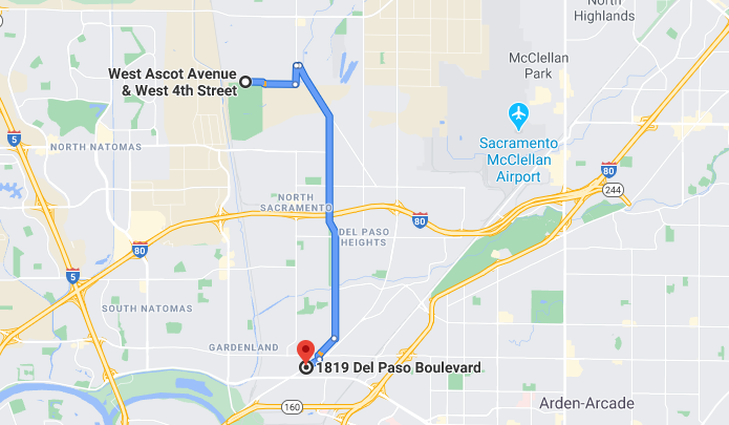
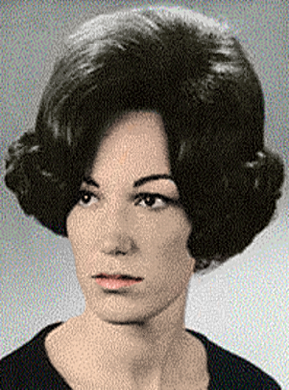
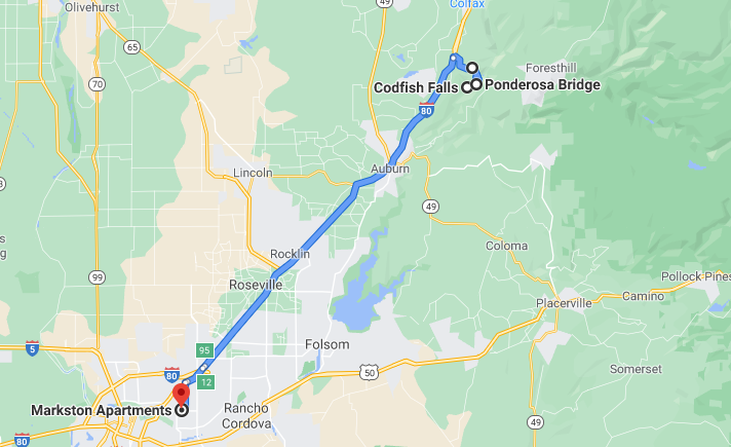
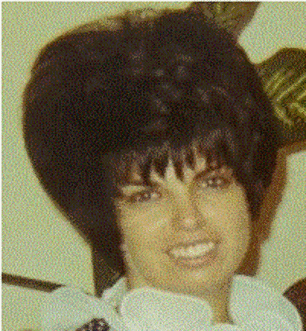


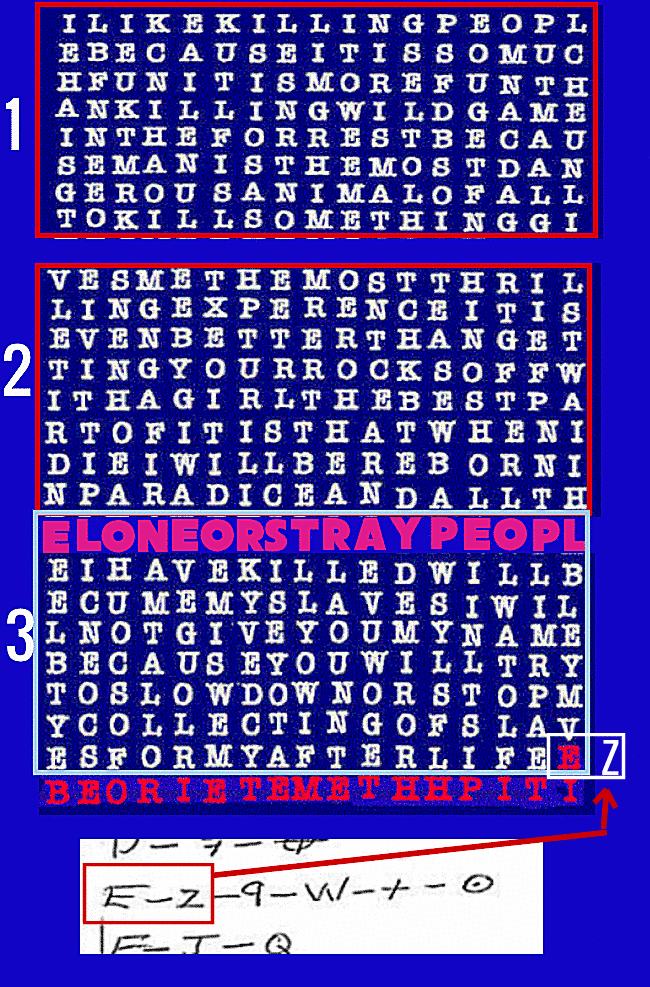




 RSS Feed
RSS Feed
